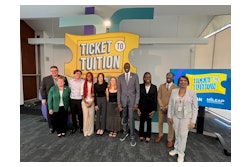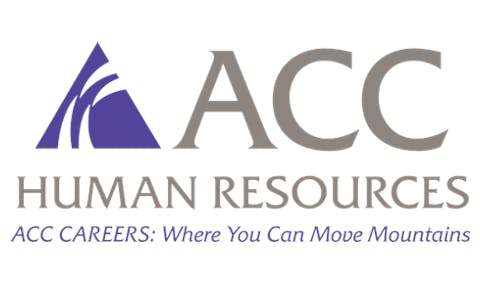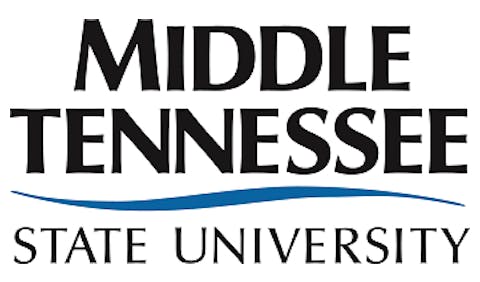
The preliminary projections, based on SEVIS and State Department data, paint a stark picture for higher education institutions that have come to rely heavily on international students for both revenue and academic diversity. The analysis predicts an overall 15% drop in international enrollment for the 2025-26 academic year, which would reverse years of steady growth in this critical sector.
"This analysis, the first to calculate the potential economic impact of fewer international students on cities and towns across the country, should serve as a clarion call to the State Department that it must act," said Dr. Fanta Aw, executive director and CEO of NAFSA. "The immediate economic losses projected here are just the tip of the iceberg."
The projected decline stems from a confluence of policy changes and administrative challenges that have created significant barriers for prospective international students:
Visa Interview Suspension: Between May 27 and June 18, 2025, student visa interviews were paused during the peak issuance season—precisely when students needed to secure visas for fall enrollment. When interviews resumed on June 18, consulates received a directive to implement new social media vetting protocols within five days, but with minimal guidance.
Appointment Bottlenecks: Reports indicate limited or no visa appointment availability in key countries including India, China, Nigeria, and Japan. India and China alone represent the top two sources of international students to the United States, while Nigeria ranks seventh and Japan 13th among sending countries.
Declining Visa Issuance: F-1 student visa issuance dropped 12% from January to April 2025 and plummeted 22% in May 2025 compared to the same period in 2024. While June 2025 data has not been published, the analysis suggests a possible 80-90% decrease based on the identified disruptions.

















